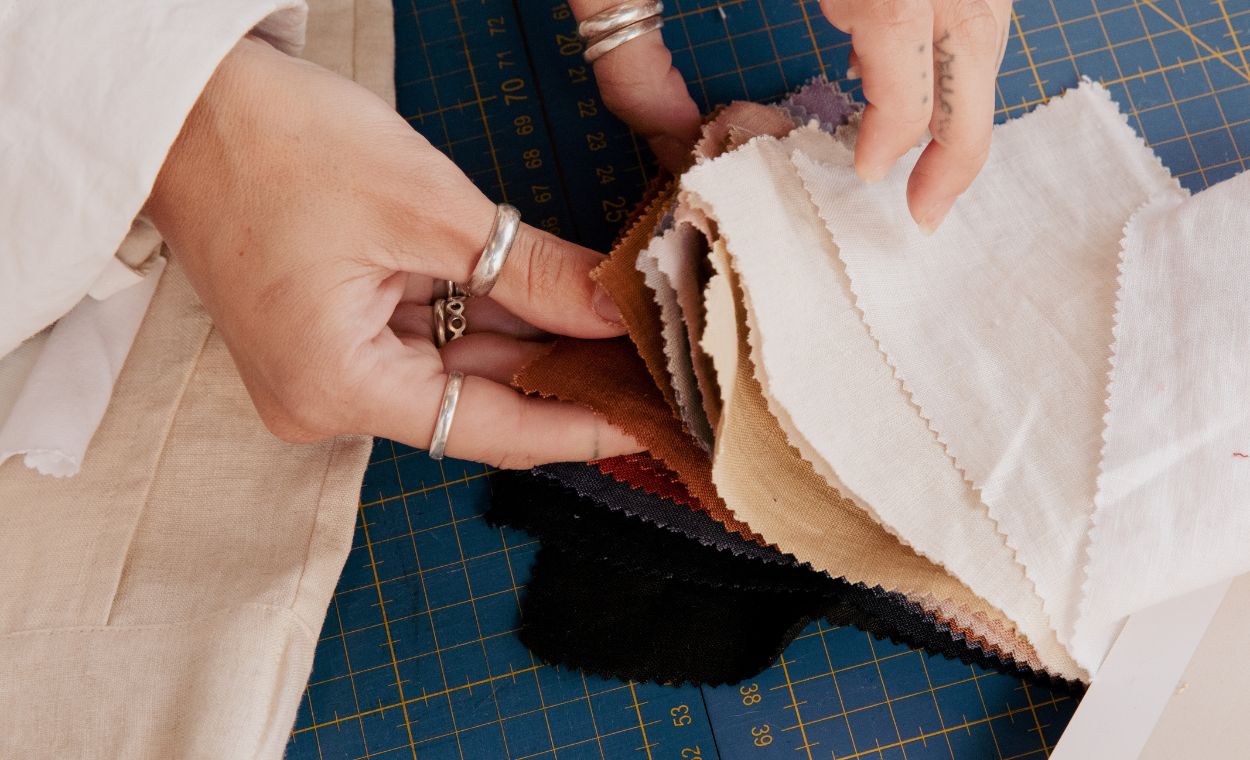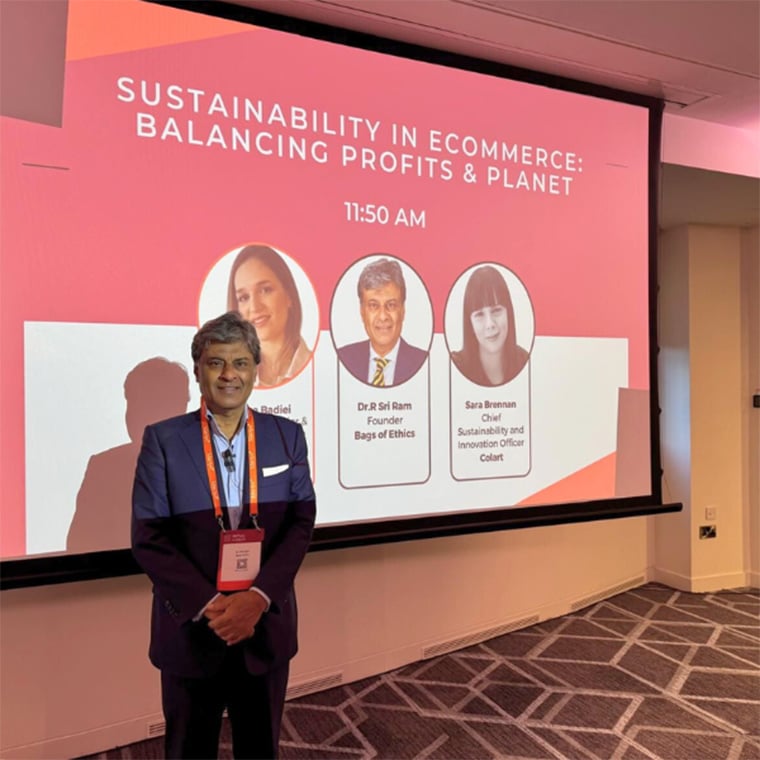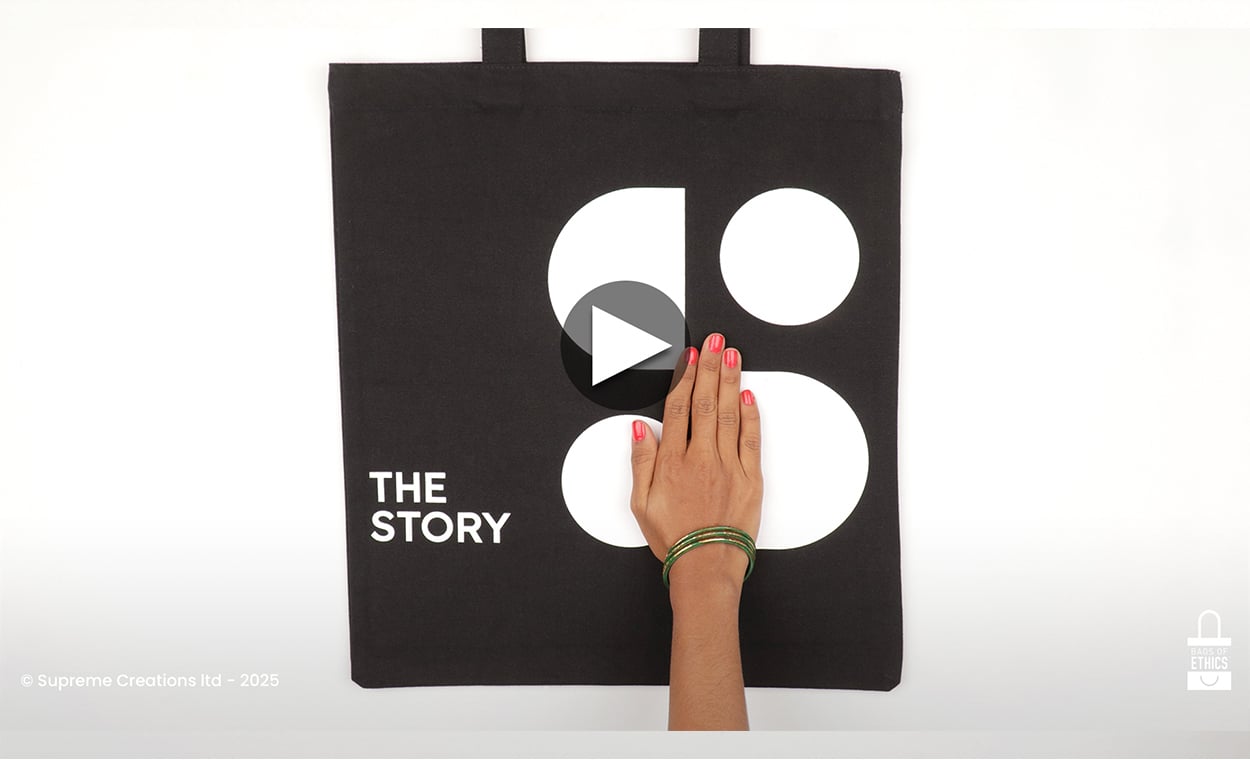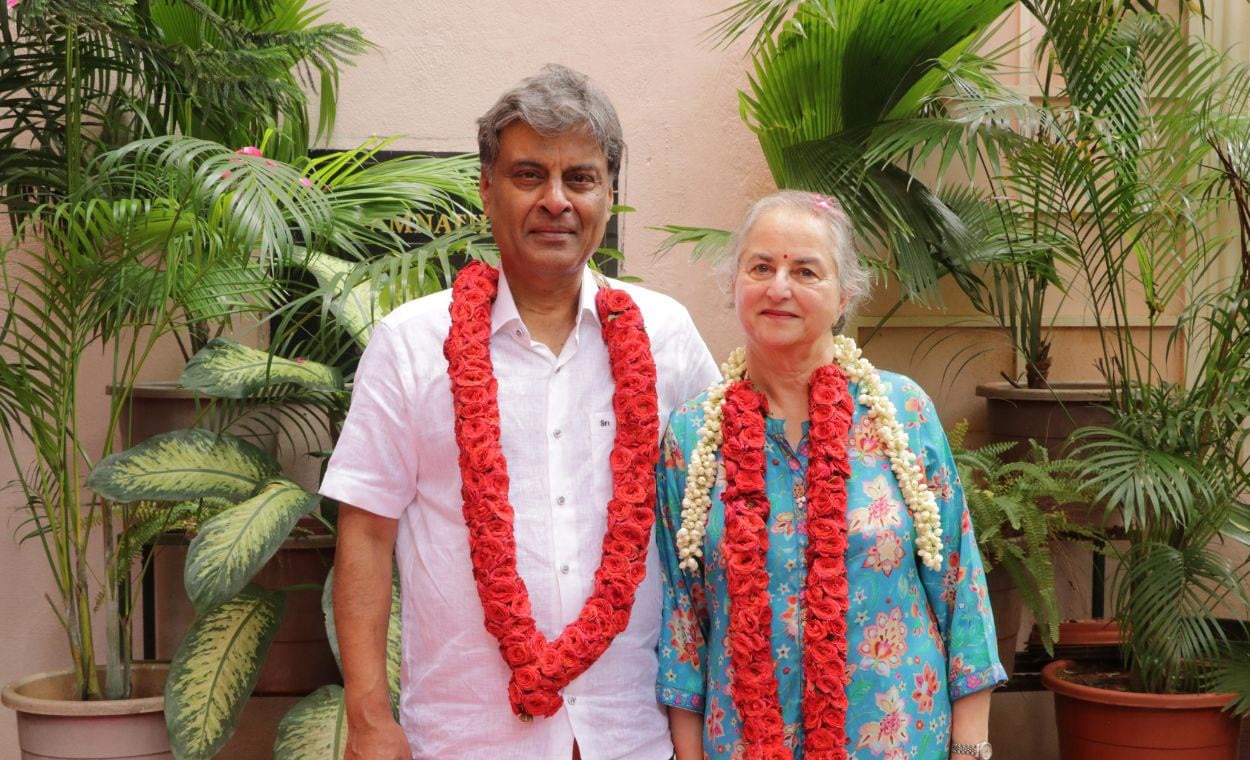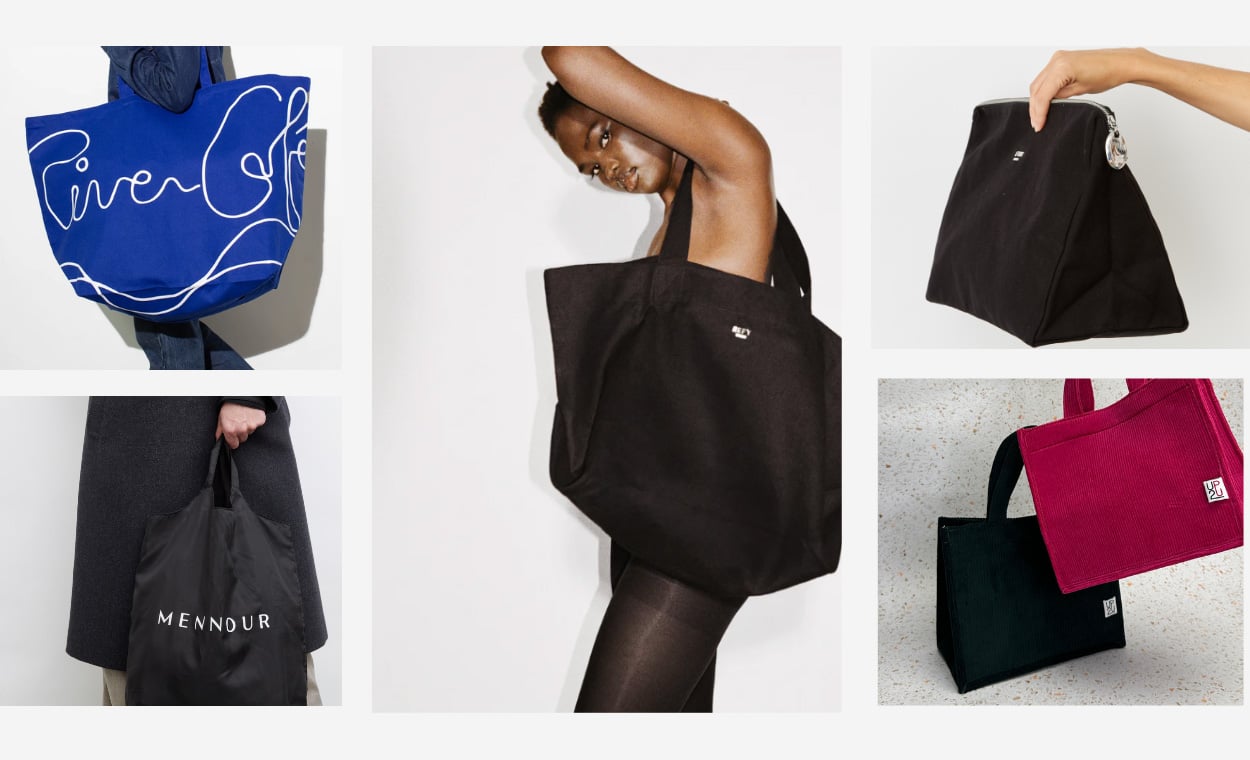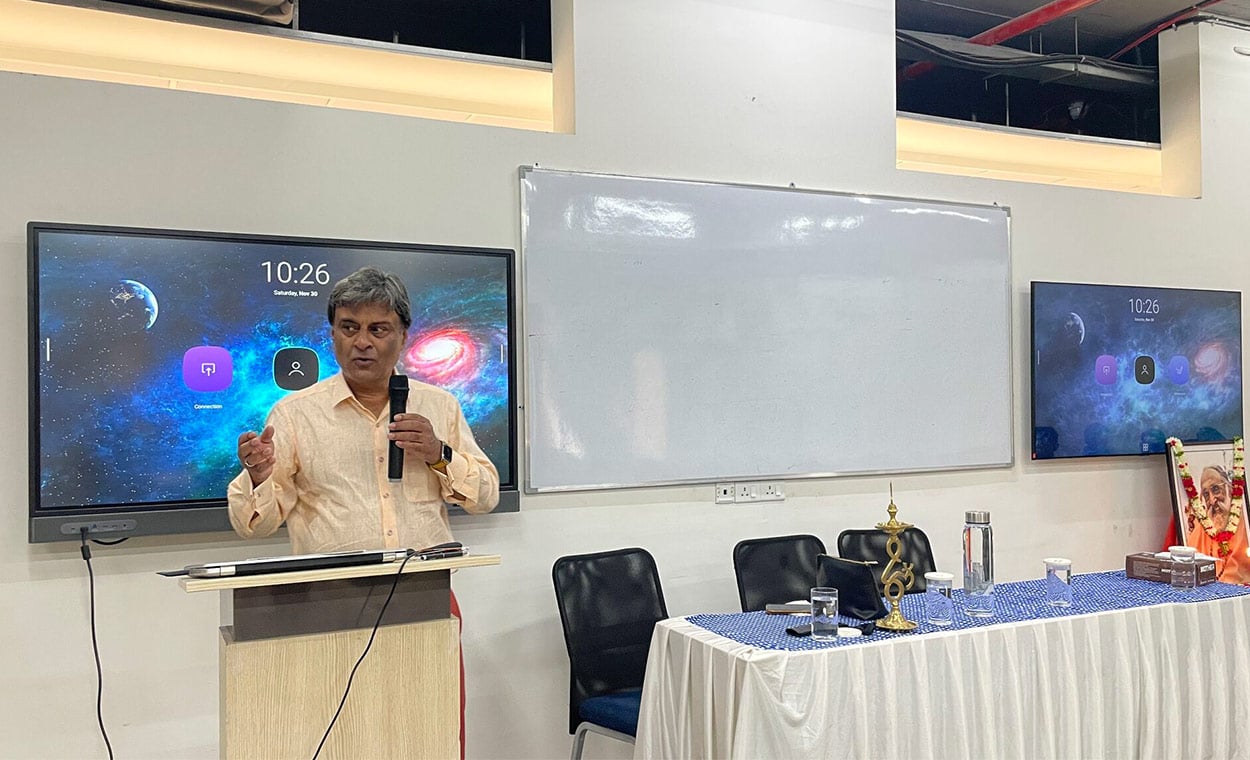Cotton was a primary fabric for the production of all types of products such as bags and clothing. However, now the fashion industry is looking towards more sustainable and eco-friendly materials that can be used for the same types of products.
We are trying to find alternatives for cotton because the way in which cotton is grown is very unsustainable and requires huge amounts of water. The Aral Sea in central Asia has dried up in 40 years due to the production of cotton, as water is needed for irrigation. In addition, pesticides are used for its growth, therefore contaminating the soil. The following are some examples of alternative sustainable materials that can be used instead of cotton.
Bamboo Fibreis an eco-friendly material that can be woven into dresses, towels, bags and other products. Bamboo can be found in Asia, Australia, North and South America and Sub-Saharan Africa but its preferred climate is tropical. Unlike cotton, it doesn’t need pesticide or chemical fertilisers to grow so it doesn’t affect surrounding ecosystems. When bamboo is cut, it can grow back within 3-5 years meaning that it can be regularly used in the future as it is fast growing and also self-regenerating. Due to its self-regeneration, humans don’t need to spend time replanting it.
Bamboo can be used for a variety of purposes however it is great for tote bags. They’re soft, sturdy and durable and can be reused for a long period of time, therefore reducing the need for single-use plastic bags.
Cork is another sustainable material that comes from the bark of the Cork Oak Tree. It is found in Europe, mainly Portugal and north-west Africa in Algeria, Tunisia and Morocco. Cork is both renewable and recyclable. When extracting cork, the cork tree is not cut down, but rather the cork is stripped from the tree. A stripped cork tree absorbs 3-5 times more CO2 than non-harvested trees, therefore acting as a carbon sink to help the environment to rid itself of some CO2. Every 9 years, there is new bark to be harvested. Also unlike cotton, there is no need to use pesticides for the growth of cork.
Cork has lots of different uses, although people mainly assume it’s just for a wine stopper. It can be used for insulation and bags as seen above. A great attribute is that, it can be recycled!
Hemp is an extremely useful crop that is fast growing and can also grow in a variety of climates and soil types. The fact that it is fast growing means that there are high yields available when farming. An advantage of hemp is that it grows very tightly space, decreasing land use. Hemp helps with soil stabilisation due to its long,fast-growing taproots that lock into the ground. The production of hemp is sustainable because it’s fast-growing, helps the soil as it returns up to 60% of the nutrients to the soil when dried in the field, and also decreases land use. In contrast, the fabric made from hemp can be made chemically that is much more intensive on the environment, but faster and cheaper. Once the fabric is made, it may be dyed, which again uses more chemicals that can damage the environment. Although the production of the plant hemp is sustainable, the production process of the fabric can be damaging to the environment.
Soybean Fabric utilises the idea of recycling, because it is made as a by-product of soy foods like tofu and soybean oil. This means that the waste of the food industry can be utilised by the textile industry, therefore reducing waste. Soy is a sustainable crop. However, an environmental issue arising from its production is that rainforest land is being cut down in order to accommodate the growth of this crop. As a result, habitats are being destroyed and the world is losing a large carbon sink. Soy fabric is soft and silk-like, with a feeling that is similar to cashmeere, making it a desirable resource for textiles.
Alternative Eco-Friendly Materials

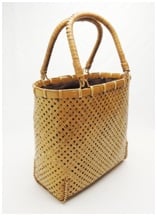
Bamboo Fibreis
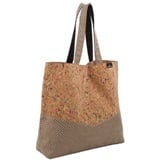
Cork
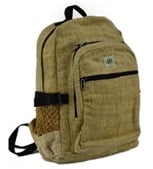
Hemp







